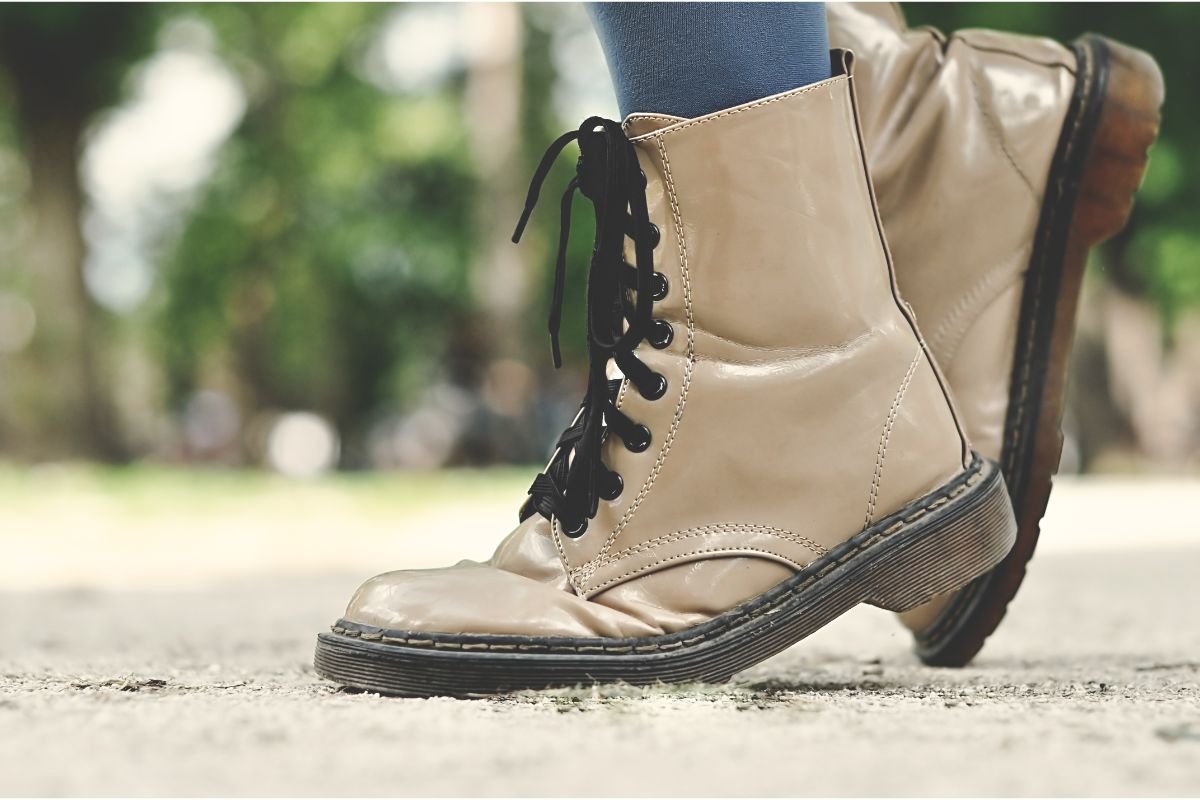Within modern conversations surrounding the environment, and sustainability of manufactured goods, the garment industry is one element that continually comes up.

Namely due to the issues surrounding fast fashion, clothing waste, and the impact that the industry has on human beings and the wider environment.
As such sustainable clothing is a growing trend, particularly amongst the young. But what exactly is sustainable fashion, and what benefits does it have?
What Is Sustainable Fashion?
The term ‘sustainable fashion’ refers to the whole process of garment production, with the direct aim being the establishment of a totally carbon neutral fashion industry.
Based on a foundation of social justice, equality, animal welfare, and ecological integrity, sustainable fashion is taking the world by storm, particularly amongst the younger generations, who see it as their responsibility to carve out a better future for themselves and their loved ones.
What Is The Cause Focused On?
Sustainable fashion isn’t merely concerned with the manufacturing of the fabrics and materials used, rather the process as a whole.
To this end, it is focused on the reuse of vintage and pre-loved clothing, the death of ‘fast fashion’, and the avoidance of clothing ending up in landfills.
What Is ‘Fast Fashion’?
Fast fashion refers to the modern phenomenon of cheap, poorly made clothing that is designed to be worn for a short period of time then disposed of.
While seemingly more beneficial for the consumer, due to the fact that the price is usually more affordable, critics of the industry state that it actually costs more money in the long run, as the clothing tends to be of poorer quality, and as such doesn’t stand the test of time.
Trend Based Fashion
People also criticize the trends promoted by the industry, which often go hand in hand with fast fashion, and see items of clothing produced and worn for short periods of time, before they are then no longer ‘fashionable’ and become unwanted.
This is often laid at the feet of fashion companies, or celebrities who promote the latest trends, and many proponents of sustainability suggest choosing key, timeless pieces that always remain in style, rather than jumping on the bandwagon of new trends.
How Can Sustainability Be Achieved?

Proponents of sustainable fashion have many courses of action to make their intentions a reality.
Social Awareness
One method they recommend is the addressing of fast fashion, and the reintroduction of a human face to the garment industry.
They want people to realize that clothing is not created out of thin air – as the clothing companies would have you believe – and that there are legions of workers who sweat, bleed, and cry to meet the demands of fast fashion.
By attaching this human element to the industry, they seek to not only gain better working conditions for the workers themselves, but also alter people’s buying habits, making them focus on what they have, and not what they could have.
Make Do & Mend
They also adhere to social attitudes more akin to a bygone era. During the Second World War when materials were scarce, people would repair their own clothes, as well as make alterations and changes where needed.
This approach is something sustainable fashion proponents are keen to return to, wherein people use their creativity and make the most of what they have, rather than simply throw something away and buy another one.
This also refers to the way we view the clothing we have. Sustainable fashion seeks to change the way we look at garments, seeing them as versatile pieces, rather than serving one solitary purpose.
This means that, for example, if a denim jacket becomes too tight across the shoulders, then it could be repurposed as a gilet or ‘cut’ by cutting off the sleeves and turning it into a vest that can be worn over t-shirts, hoodies, and other pieces of clothing.
Clothing Swapping
They also promote the swapping of clothing – be it with friends or family members. If you have a t-shirt that is too big or small, or you simply do not like it anymore, then why not see if someone in your family (or friends group) would like to try it instead?
This means that clothing gets a longer lifespan, and doesn’t get thrown away as soon as it becomes unsuitable for the individual.
Vintage
Sustainable fashion also promotes the use of goodwill and vintage outlets, who tend to offer older, more unique pieces of clothing for a fraction of the price.
This gives older items of clothing a second (or third) life, and means that less clothing ends up thrown in landfills or dumps.
How To Ethically Dispose Of Clothing
Of course, if something doesn’t fit you, or anyone else in your circle, then you need to dispose of it. However, there are still better ways to go about it than simply throwing them away.
Donate To Charities
One option is to donate your old clothing to charities or Goodwill. This ensures that someone else can own the clothing – or that someone needier than yourself receives much needed clothing for warmth.
Sell Online
There are now countless websites designed for the sale of second hand clothing – such as Vinted, eBay, and sites like Etsy. These allow people to sell their old clothing to those who want them, and potentially make a little money in the process.
This not only avoids waste, but it ensures that the money loss associated with throwing clothing away is somewhat avoided.
Final Thoughts
And there we have it, everything you need to know about sustainable fashion, and the steps you can take to contribute positively.
The fashion industry has a lot to answer for, both in a humanitarian sense, and in terms of the environment, but with movements like sustainable fashion, we can help to make a difference where it counts the most.
- 15 Amazing Vegan UGG Boots Not To Miss Out On - November 23, 2022
- 15 Vegan Running Shoes To Brighten Up Your Wardrobe - November 23, 2022
- 8 Best VEJA Vegan Sneakers To Buy Today - November 22, 2022










